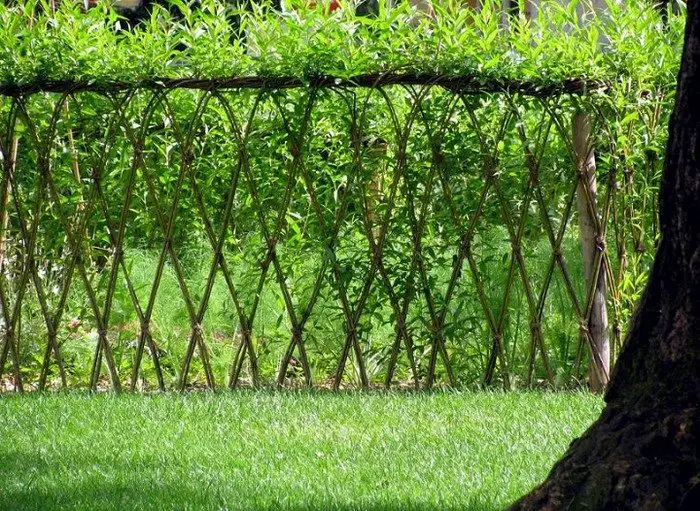
 4
4




 4
4




 3
3





Brave New Leaf - Everyman Environmentalism
http://www.bravenewleaf.com
 2
2




[img]http://i109.photobucket.com/albums/n52/havlik1/permie%20pics2/permiepotrait3pdd.jpg[/img]
"One cannot help an involuntary process. The point is not to disturb it. - Dr. Michel Odent
 2
2




 1
1




[img]http://i109.photobucket.com/albums/n52/havlik1/permie%20pics2/permiepotrait3pdd.jpg[/img]
"One cannot help an involuntary process. The point is not to disturb it. - Dr. Michel Odent









[img]http://i109.photobucket.com/albums/n52/havlik1/permie%20pics2/permiepotrait3pdd.jpg[/img]
"One cannot help an involuntary process. The point is not to disturb it. - Dr. Michel Odent








[img]http://i109.photobucket.com/albums/n52/havlik1/permie%20pics2/permiepotrait3pdd.jpg[/img]
"One cannot help an involuntary process. The point is not to disturb it. - Dr. Michel Odent
 2
2




Principal - Terra Phoenix Design
http://TerraPhoenixDesign.com




[img]http://i109.photobucket.com/albums/n52/havlik1/permie%20pics2/permiepotrait3pdd.jpg[/img]
"One cannot help an involuntary process. The point is not to disturb it. - Dr. Michel Odent




Principal - Terra Phoenix Design
http://TerraPhoenixDesign.com




 ). I thought deer might too. Hopefully the deer population wouldn't encourage it. But there is always venison!
). I thought deer might too. Hopefully the deer population wouldn't encourage it. But there is always venison![img]http://i109.photobucket.com/albums/n52/havlik1/permie%20pics2/permiepotrait3pdd.jpg[/img]
"One cannot help an involuntary process. The point is not to disturb it. - Dr. Michel Odent





QuickBooks set up and Bookkeeping for Small Businesses and Farms - jocelyncampbell.com








Jocelyn Campbell wrote:
Myrica is mentioned in the plant lists, which I think Dave Boehnlein said has some permaculture value, though I'm not sure what.
Principal - Terra Phoenix Design
http://TerraPhoenixDesign.com












Brenda
Bloom where you are planted.
http://restfultrailsfoodforestgarden.blogspot.com/









Paul Cereghino- Ecosystem Guild
Maritime Temperate Coniferous Rainforest - Mild Wet Winter, Dry Summer




Baldwin Organic Garden Share Our home-based garden cooperative. Tribal Wind Arts Rustic Furniture & Artisan-Craftwork from reclaimed suburban trees

























Brenda
Bloom where you are planted.
http://restfultrailsfoodforestgarden.blogspot.com/




Windward Sustainability Education and Research Center
Permaculture Apprenticeships at Windward
America's First Permaculture Cemetery? Herland Forest Natural Burial Cemetery




Andrew Schreiber wrote:Looking at ~ 3,000 individual plants, with a initial spacing of 1 every 2 feet for this firt year. I am going for length and not density in this first run, and then in coming years I will be planting out other plants...
My project thread
Agriculture collects solar energy two-dimensionally; but silviculture collects it three dimensionally.










 3
3







Passionate advocate for living at a human scale and pace.
Help me grow the permaculture presence in Indiana https://permies.com/t/243107
Concise Guide to Permies' Publishing Standards: https://permies.com/wiki/220744
 7
7








Nicky & Dave
Founders of Permaculture Gardens and the Grow-it-Yourself Program
Check out our permaculture design app!
https://www.permaculturegardens.org/sage-app




 3
3




Nicky & Dave
Founders of Permaculture Gardens and the Grow-it-Yourself Program
Check out our permaculture design app!
https://www.permaculturegardens.org/sage-app




 3
3




Nicky & Dave
Founders of Permaculture Gardens and the Grow-it-Yourself Program
Check out our permaculture design app!
https://www.permaculturegardens.org/sage-app

 4
4




How Permies works: https://permies.com/wiki/34193/permies-works-links-threads
My projects on Skye: The tree field, Growing and landracing, perennial polycultures, "Don't dream it - be it! "

|
Hey! You're stepping on my hand! Help me tiny ad!
The new permaculture playing cards kickstarter is now live!
https://www.kickstarter.com/projects/paulwheaton/garden-cards
|







